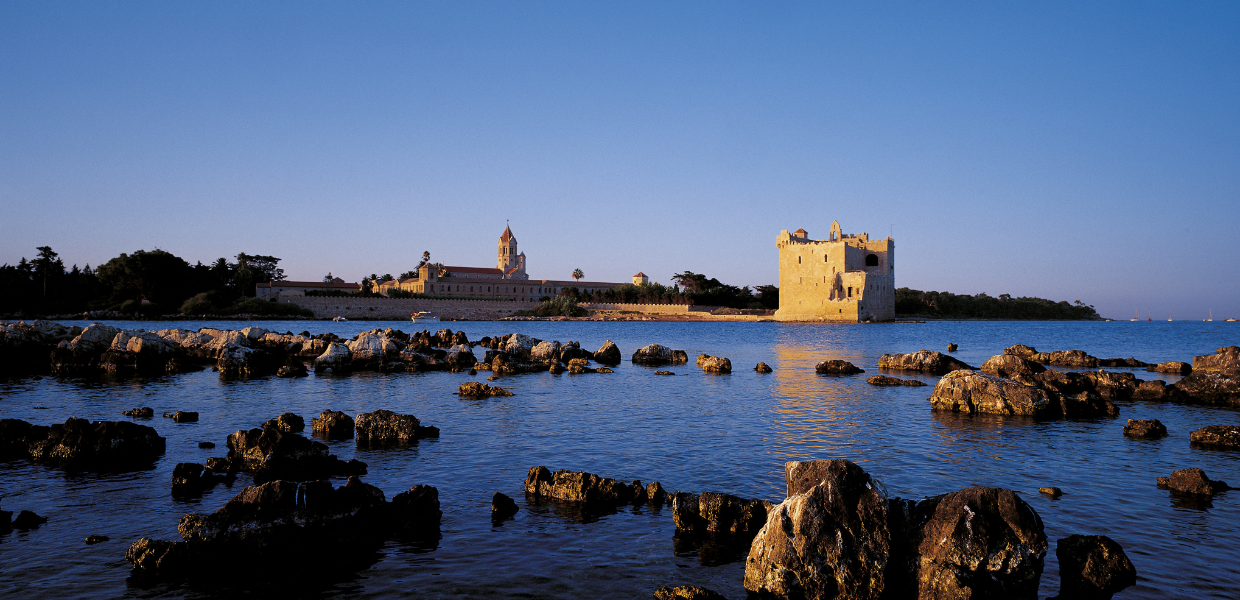Why did you decide to commission an economic impact assessment?
The Fondation du patrimoine is the biggest investor in heritage preservation in France. For our 25th birthday, we wanted to highlight to everyone (in both the public and private spheres) that our actions create a lot of positive impact in territories across France. We have supported 35,000 projects in 25 years, and the Fondation’s resources represent approximately €70 million in 2020. Find out more (in French).
Our impact study had four objectives: to promote the Fondation’s economic, social and societal contribution; quantify the results, the relevance of our actions and identify areas for improvement; guide and manage our strategy using self-assessment tools; and to promote the work of volunteers and employees.
How was the Europeana Impact Playbook helpful for your work?
I checked online to explore which impact studies have been done in the cultural heritage sector, and found that in France, there are very few. I was looking for impact studies at a supranational level, and Europeana appears as a main player in this field. I read the Playbook to understand if our methods were similar because our economic and social impact study, at that time, was already done. It was interesting to analyse other examples of, and approaches to, impact studies and it has given us insights for future impact studies.
What did you find from your assessment?
The study showed that, beyond its cultural dimension, heritage has a social and economic utility. We estimate that around 15,000 full-time jobs have been created or maintained every year related to the work and operation of the sites supported by the Fondation.
This quantitative study also had a qualitative component which explored the societal impact of heritage projects. Given the work it does, in particular with regard to the collection of donations and sponsorships, we found that the Fondation contributes to a real dynamic of citizen participation. It acts as a facilitator of projects and brings private and public donors together with a joint mission. Ultimately, sponsorships and fundraising create civic commitment. Thanks to the preservation of heritage, specific knowledge and know-how is transmitted and maintained from generation to generation.
In terms of economic impact, we found that the preservation and restoration of heritage generates significant economic and tourism benefits. The study showed that each €1 donation to the Fondation triggers €21 in sustainable economic benefits. By 2019, €553 million of work will have been supported by the Fondation, and this has generated €1.2 billion of direct, indirect and induced long-term economic activity.
Has digital informed your work on impact or your understanding about the value of heritage?
The digitisation of our cultural heritage is important in order to protect, conserve, restore, and promote our heritage. For example, using augmented reality for some of our projects makes it possible to better visualise the restoration work. In addition, digital allows us to communicate about our projects in France on various networks, especially since 60% of our projects are in municipalities of fewer than 2,000 inhabitants. Digital allows us to have an impact on the visibility of our projects nationally and internationally.
How do real-life stories add value to these metrics?
Telling the impact story behind the numbers is useful for all stakeholders. Indeed, investing in heritage is not only a question of Euros. There is an emotion, a transmission, something that you cannot explain, which compels you to donate. Case studies underline, namely through interviews, that the Fondation’s actions contribute to the revitalization of the local economy and the regeneration of town centres.
What can others learn from your approach?
They can learn that investing in heritage is not only a cost, it is a wonderful investment with positive effects in the short and long-term! Preserving heritage strengthens social cohesion and underlines the importance of the transmission of history, culture from generation to generation and equal access to the common good.
For those wanting to gain more insight into our approach,we have created an online platform (in French) to help public authorities, donors, patrons to understand how to invest in heritage, what are the key returns on investment, how to draw a business plan, and more. There is educational and practical content to answer all your questions, as well as testimonials and feedback.
Where do you go next?
We’d like to help regional projects assess their economic impact with an ‘excel impact calculator’ regarding economic and social impacts. We would also like to run an environmental impact study in 2022-2023 with qualitative case studies and a quantitative approach. An external advisory service will help us to create the indicators for such a study.
Communicating about impact is important: we will have an impact review in our upcoming annual reports, put the report online and think about our contribution to the Sustainable Development Goals. We aim to publish five case studies every year and get more involved in the philanthropic sector and impact investing in France (for example, through the Philanthro lab).
Finally, thanks to this impact study, we can highlight that investing in heritage preservation leverages a tourist and cultural offer and develops the attractiveness and visibility of a territory. We will support this through our annual ‘Impact Fund’, which offers €1 million of private funds given to five projects in France that have a real impact on their territories (economic, social, environmental, safety, cultural).



